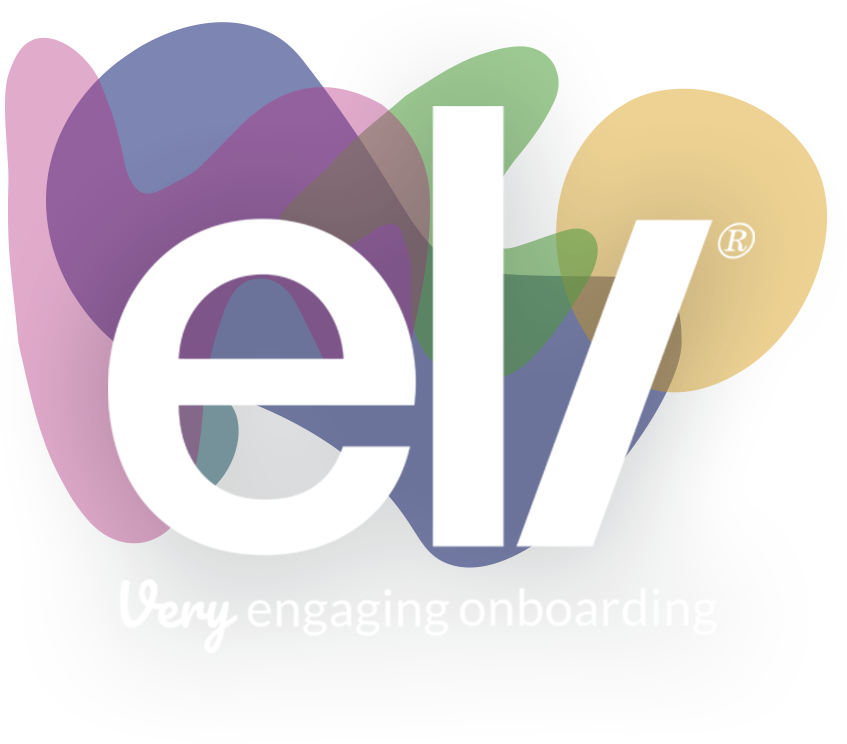How onboarding can drive your inclusion agenda
 07/02/2024
07/02/2024
Attracting and recruiting a more diverse workforce is now high on many organisation’s agendas. But all this hard work can go to waste if people don’t feel welcomed and included once they arrive.
That’s where onboarding can play an invaluable role. It can help ensure not only that you retain a more diverse workforce, but that you develop and embed a much more inclusive working culture. The result? Everyone can thrive and give of their best.
The process can start before your new employees have even arrived with an online onboarding portal that contains a wide range of information to help people feel welcomed, included and up to speed. Just a few ideas?
-
Information on all of your diversity networks – with the opportunity to sign up then and there, and message others in the network
-
Site maps that include key locations such as multi-faith prayer rooms, lifts or gender-neutral toilets
-
Details of support for parents from on-site crèches to childcare benefits and flexible working
-
Profiles and videos showing the diverse range of people at all levels in your organisation
-
Welcome video from a senior manager or member of the executive team with inclusive messaging
It’s also worth considering how important onboarding can be in driving social mobility – particularly for an early careers cohort. By giving graduates or other new starters the chance to familiarise themselves with key information about the team they’ll be joining, ongoing projects and initiatives, and what will be expected of them in their first weeks, you can give everyone a chance to begin day one on a much more level playing field. An onboarding portal that allows candidates to connect with and message their peers can be particularly effective in boosting people’s confidence and sense of belonging.
As with all inclusion initiatives, consulting widely is key. What type of inclusive onboarding content would be most useful? What events might make people feel most welcomed? Whether you consult with your diversity network leaders, or survey people across your organisation asking what would have made them feel more included in the workplace when they joined, you’ll collect invaluable insights and ideas.
Once people have joined, induction programmes can be key to helping embed a culture of inclusivity. This can be particularly important for managers – who could receive training in areas such as inclusive interviewing, or how to deal with customers who may be displaying racist or homophobic behaviour towards one of their team members; role playing videos can be very effective here.
Don’t forget, either, to make sure everyone knows and understands the process to report bullying or discrimination – and exactly what this looks like. A recent Stonewall survey found that one in eight LGBT+ people wouldn’t feel comfortable reporting homophobic or transphobic bullying to their employer – so making sure people feel confident to speak up is vital.
Onboarding is the perfect opportunity to begin supporting your workforce in a truly inclusive way, setting everybody up for success.




